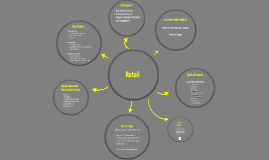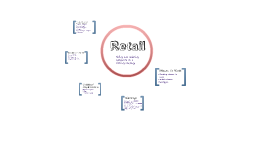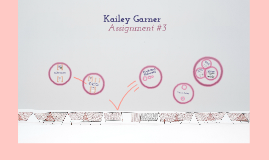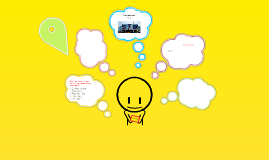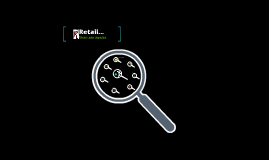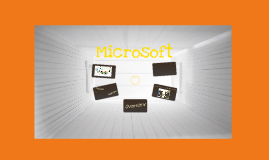Retail
Transcript: Microsoft Dynamics AX for Retail Architecture Purpose Audience Retail ERP Suites Differ from Traditional ERP Systems Offers retail-centric components. Supports store systems. Provides segment-specific expandability. Provides support for advanced functionality. Provides configuration and scalability. Provides support for a phased implementation strategy. Provides workflow automation and enterprise-process management. Provides the technology and application integration foundation. Centralized Store Management Manage POS terminals centrally, including visual profiles, functional profiles, user interface layouts, and employee permissions. Consistent data model and business rules between store and ERP processes provide accurate, timely, and consistent data. Powerful data replication helps ensure critical updates across the organization: configurable, flexible inventory and financial updates, sales-order payments, gift-card usage, and issuance and usage of loyalty points. Flexible POS Purpose-built POS components are integrated into Microsoft Dynamics AX for Retail. Continue to capture transactions and serve customers even when store connectivity to headquarters is down with fault-tolerant, resilient POS. Optimize the user interface for store roles with graphical “drag-and-drop” designer for improved productivity and customer service. Powerful POS capabilities include: On account, global voucher, returns management, Infocodes, returns/voids/markdowns, and inventory receipt/lookup/counts. Powerful Merchandising Optimize for profitability with pricing flexibility, including: flexible discounts, group/item/customer discounts, mix and match, and ¡§buy-one-get-one¡¨ scenarios. Optimize purchasing and replenishment: Purchase quantities based on size, color, and style; and use replenishment processes, including cross-docking, to suggest item distribution between stores with immediate updates to transfer journals. Flexible four-level item hierarchy drives valuable reporting insight to improve assortment planning and product mix, including special-item groups, location-specific pricing, customer-specific pricing, and promotions. Global Reach and Scalability Adapt quickly to changing business requirements with POS add-ins and extensible headquarters software that can be tailored to meet specific retail needs. Scale your solution as your business grows and add stores and distribution centers to help you compete¡Xlocally and internationally. Easily add users and sites with three-tier architecture and integration with other Microsoft technology such as SQL Server 2008. Easily operate your business across geographies and locations with flexible deployment options and built-in support for 38 countries in 40 language versions. Capitalize on new opportunities with a Web-services framework that makes it faster, easier, and more affordable to build expanded, profitable partner relationships. Multichannel Enablement Reduce TCO with "out-of-the-box" support for critical-payment integration, including debit and credit through Payment Services for Microsoft Dynamics ERP. Enhance the customer experience by managing payments across channels¡Xincluding mixing and matching payment providers by channel; buying online and returning to a physical store; and leveraging support for shopping carts. Create and publish catalogs and manage offers across multiple channels. Centralized Store Management Increase the value of Microsoft Dynamics AX throughout the life of the solution with the Business Ready Enhancement Plan, a global maintenance plan with benefits that include product upgrades, predictable pricing, online support through CustomerSource and Knowledge Base, and unlimited e-learning. Extend the value of your solution through integration with other Microsoft business applications and technologies, including: Microsoft Office Project Server, Windows Workflow Foundation, and Microsoft unified-communications tools. Enhance security, reliability, and scalability though integration with SQL Server 2008. For example, Microsoft Dynamics AX 2009 running on SQL Server 2008 and Windows Server 2008 can compress the database size by 40 to 60 percent, which can lead to lower hardware and data-maintenance costs. A back-office ERP system A front-office POS system. A connection between the two systems for both routine data updates as well as one-time transactional information. Components of Dynamics AX for Retail „h Adapt quickly to changing business requirements with POS add-ins and extensible headquarters software that can be tailored to meet specific retail needs. „h Scale your solution as your business grows and add stores and distribution centers to help you compete¡Xlocally and internationally. Easily add users and sites with three-tier architecture and integration with other Microsoft technology such as SQL Server 2008. „h Easily operate your business across geographies and locations with flexible deployment options and






